Water & Subsidence, Part 1 – California and Neighboring States. Intel’s Contribution.
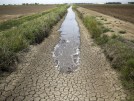
 According to an official with NOAA’s Climate Prediction Center, “Arizona, California, Nevada, Utah and Washington had their warmest winters on record” this year. A Woods Hole scientist calls California’s drought “the worst in 1,200 years.”
According to an official with NOAA’s Climate Prediction Center, “Arizona, California, Nevada, Utah and Washington had their warmest winters on record” this year. A Woods Hole scientist calls California’s drought “the worst in 1,200 years.”
The effects of this are manifold. One is less snowpack in the mountains. Over the past winter, snowpack was the least ever recorded in California history. On the California Energy Commission website, “reduced snowpack that is melting earlier could lower the amount of water that generates hydropower during the summer months, when electricity demand and prices are highest.”
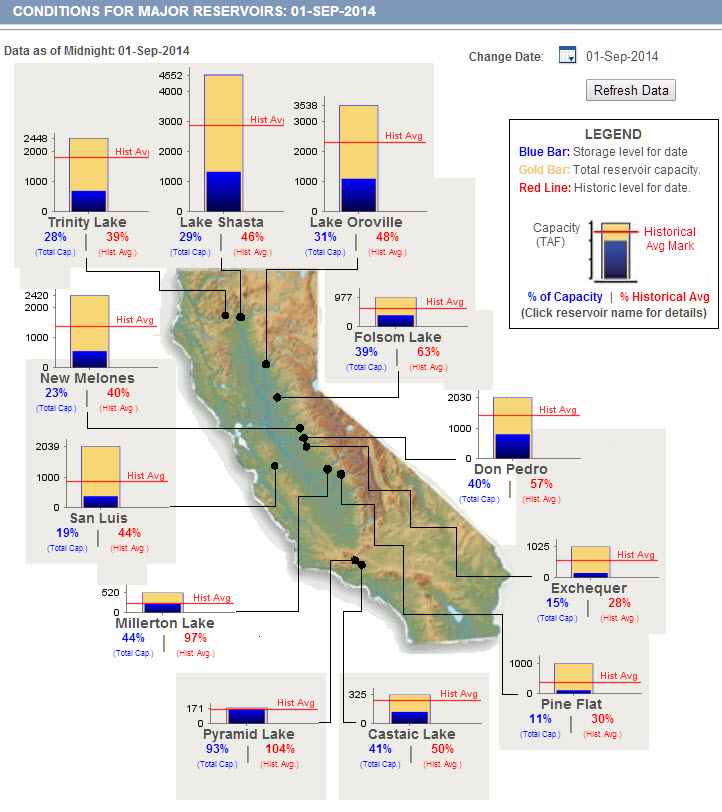 “Three snowpack areas have been most affected by the drought: Northern Sierra/Trinity, the Central Sierra Nevada and the Southern Sierra. The Sierra Nevada snowpack typically melts in the spring and summer. It collects in reservoirs and provides about one-third of the water Californians use each year. Even with recent storms, reservoir storage is significantly below average [see map to left]. As of March 2015, Shasta Lake was at 78 percent of the historical average. Similarly, Lake Oroville storage was at 49 percent, and Folsom Lake was at 58 percent.”
“Three snowpack areas have been most affected by the drought: Northern Sierra/Trinity, the Central Sierra Nevada and the Southern Sierra. The Sierra Nevada snowpack typically melts in the spring and summer. It collects in reservoirs and provides about one-third of the water Californians use each year. Even with recent storms, reservoir storage is significantly below average [see map to left]. As of March 2015, Shasta Lake was at 78 percent of the historical average. Similarly, Lake Oroville storage was at 49 percent, and Folsom Lake was at 58 percent.”
Gov. Jerry Brown announced on 3/27 a $1B program for drought relief and critical water infrastructure projects. The emergency legislation includes: “strict limits on outdoor irrigation (two days a week in much of California), bans on hosing down outdoor surfaces, decorative water fountains that don’t recirculate water and car washing without an automatic shut-off nozzle and requirements that bars and restaurants only serve water upon request and hotels ask guests staying multiple nights whether linens and towels need to be washed.” (I blogged about this 2/2014.)
Californians in urban areas are being urged to reduce their potable water consumption by 25% by next February. Stiff fines can be imposed, but how-to tips are available at various government websites. Switching to low-flow high-efficiency toilets is be the #1 most significant potable water saving action in California–and anywhere else.
The Guardian that water use in “billionaire-studded” Beverly Hills must be reduced by 36% according to tough new mandates; just approved by water authorities yesterday. “The more environmentally conscious San Francisco will only have to reduce its water consumption by 8% after doing more in the last year to cut use voluntarily, according to the California State Water Resources Control Board (SWRCB).”
According to the Governor’s website: “To save more water now, the order will also:
- Replace 50 million square feet of lawns throughout the state with drought tolerant landscaping in partnership with local governments;
- Direct the creation of a temporary, statewide consumer rebate program to replace old appliances with more water and energy efficient models;
- Require campuses, golf courses, cemeteries and other large landscapes to make significant cuts in water use; and
- Prohibit new homes and developments from irrigating with potable water unless water-efficient drip irrigation systems are used, and ban watering of ornamental grass on public street medians.
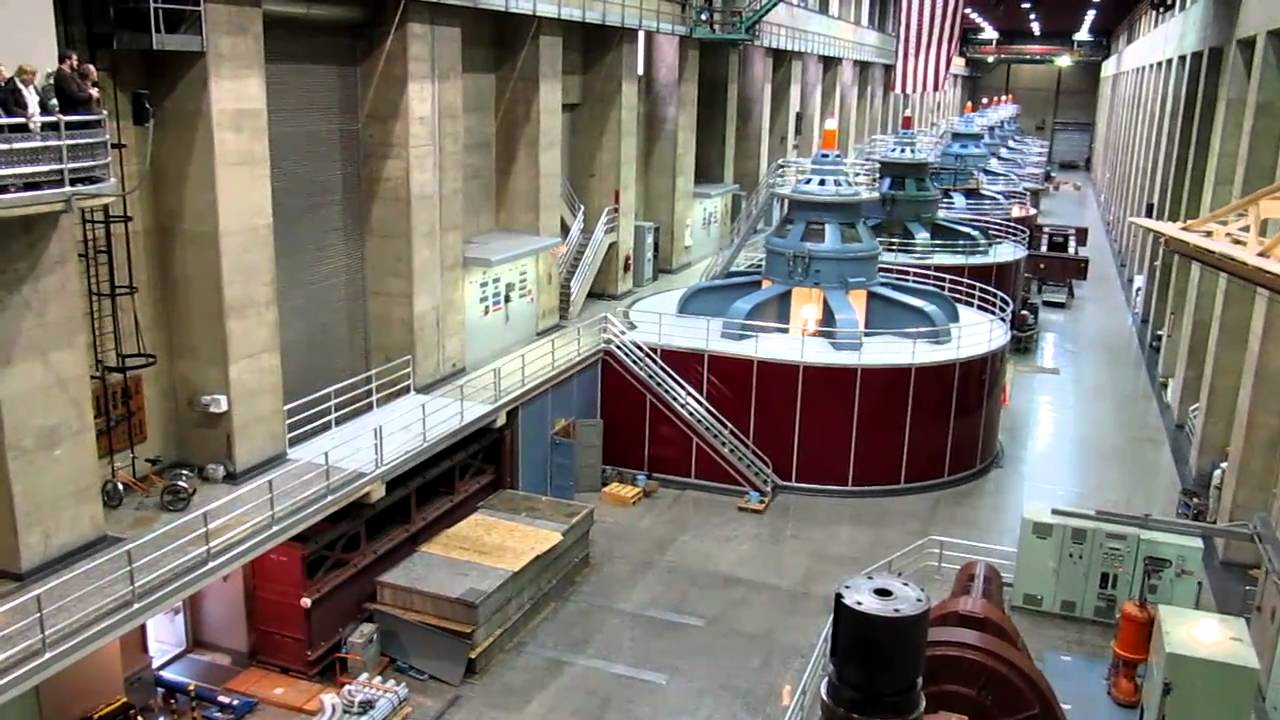
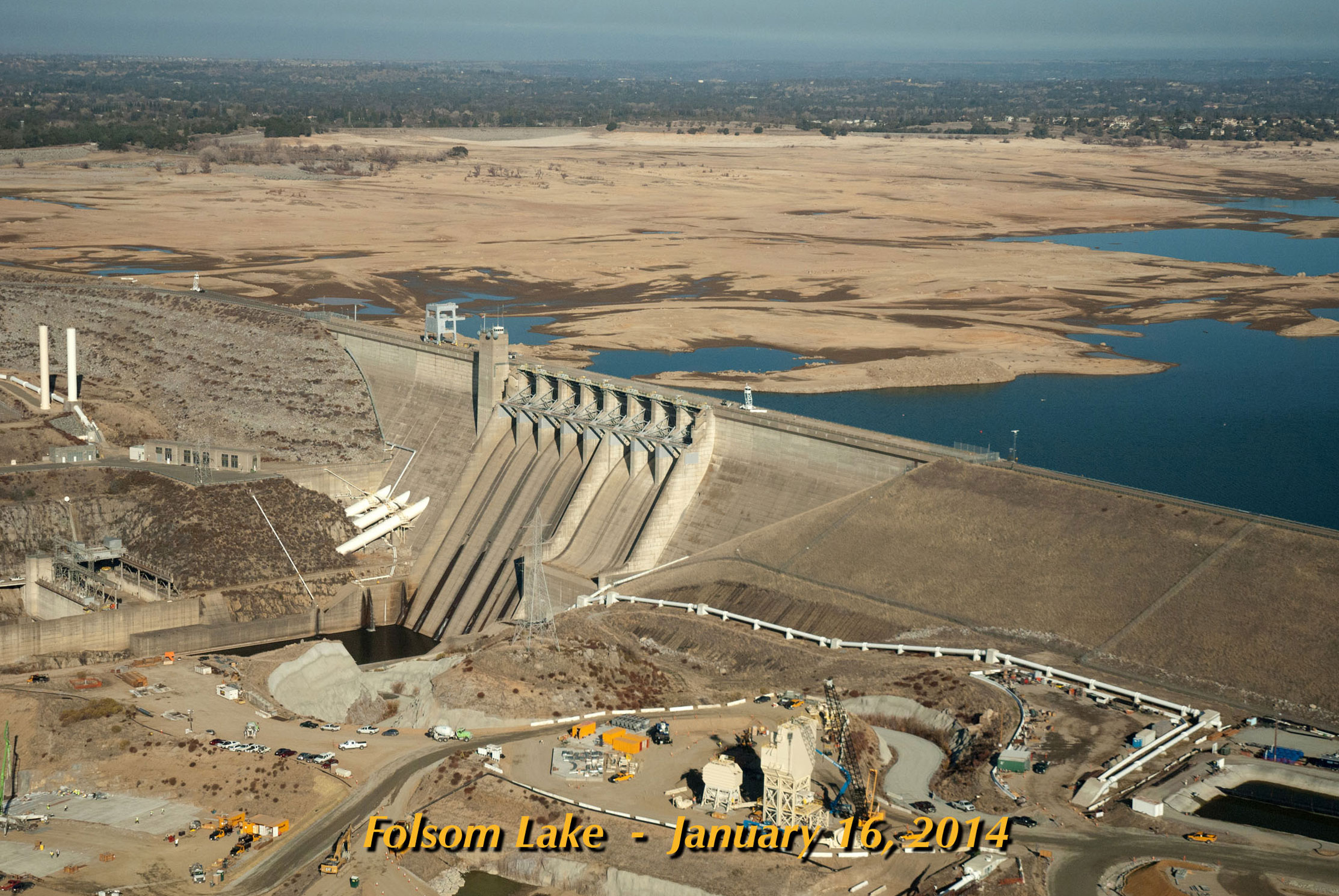
“In recent years, some 14-19% of California’s energy has been sourced from hydropower plants located in the state or in nearby states such as Nevada and Arizona. That percentage has reduced from a higher level of about 50% some 50 years ago due to diversification, i.e., natural gas and renewable energy sources. Lower snowpack will result in lesser hydro power generated in the coming years.” At drought-ravaged Lake Mead and the famous Hoover Dam, greater turbine generator efficiency has been achieved in the last few years by replacing the old cast steel wicket gates with stainless steel ones. Water flow rates have been increased, thus retaining unit performance during low water periods. How low will Lake Mead be this summer? 1,073 ft. projected. Peak was back in 1983–1,225 ft.
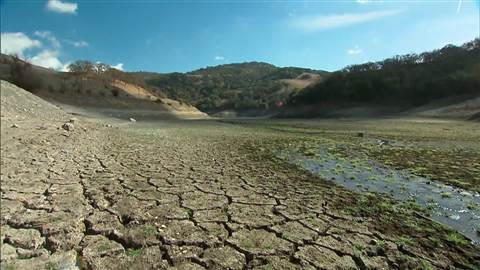 Subsidence is another effect of the drought when groundwater is being pumped out of the ground for potable water. And, it’s significant throughout the San Joaquin Valley. Located in northern CA, from this valley comes the majority of the state’s agricultural production.
Subsidence is another effect of the drought when groundwater is being pumped out of the ground for potable water. And, it’s significant throughout the San Joaquin Valley. Located in northern CA, from this valley comes the majority of the state’s agricultural production.
One major company committed to restoring the environment is Intel. At its manufacturing plant in Chandler, AZ, it helped pay for a portion of the city’s cost to expand a wastewater treatment facility. ‘Though the company needed additional capacity to accommodate its own expansion plans, the facility allows the city to send out more treated water for irrigation and the like. Benefit? Saves potable water. Intel also recycles and reemploys on-site water used in manufacturing, saving 73M gals of potable water/yr. With the average U. S. household using 320 gals/day, Intel’s savings equals usage by over 600 households/yr.
BTW, all Intel employees worldwide are eligible for annual productivity bonuses based on corporate goals, including social responsibility.